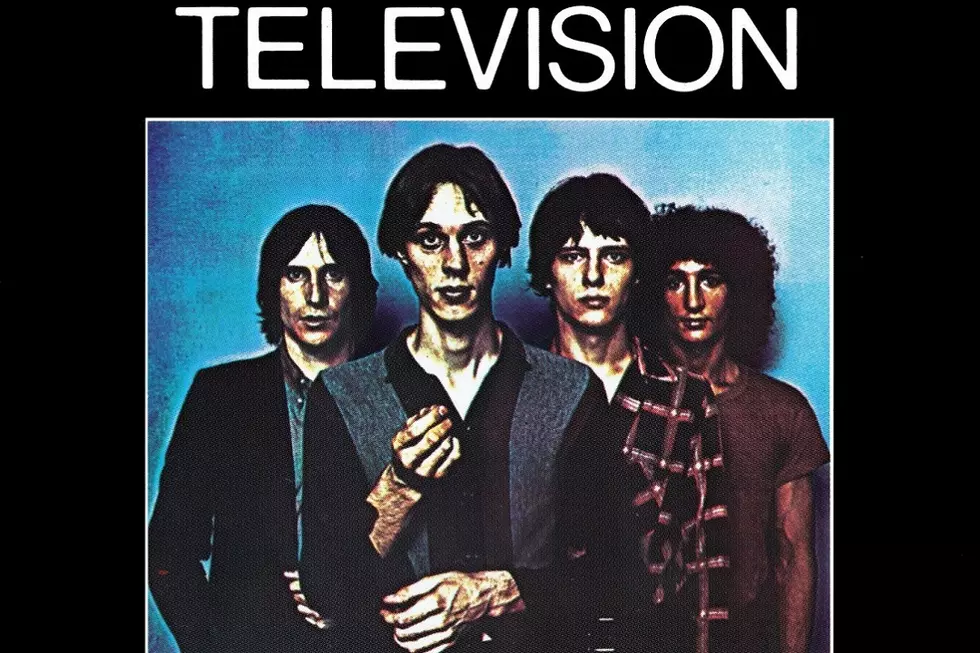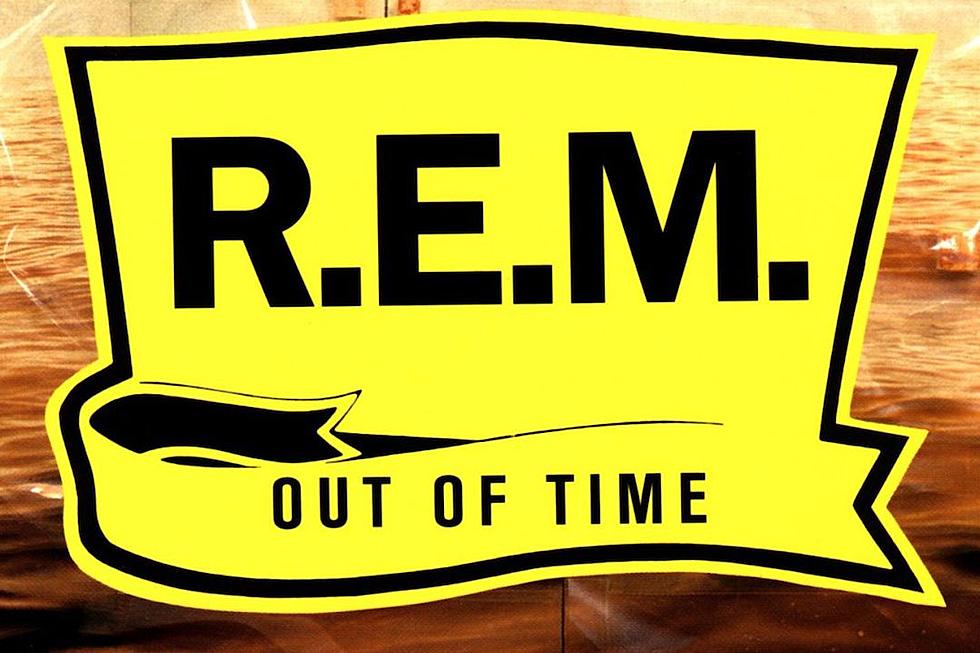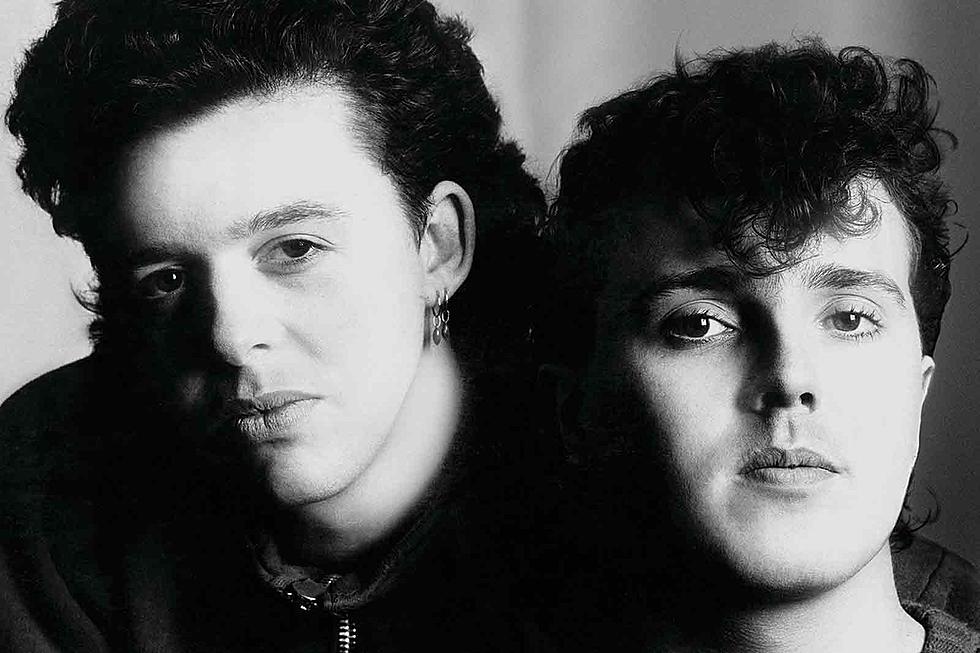40 Years Ago: The Saints Become Accidental Punks With ‘(I’m) Stranded’
It was the perfect title for a debut album and single. Indeed, the Saints were “Stranded” in Australia.
Around the same time the New York punk scene was taking shape in and around CBGB, a few young musicians in Brisbane were taking similar sonic inspiration from both early rock ’n’ roll and proto-punks like the Stooges and the MC5. They had no knowledge of the Ramones or what was about to explode in the U.K., and yet they were creating unabashedly “punk” sounds – rabid songs set at a furious pace.
The core of the group – singer Chris Bailey, guitarist Ed Kuepper and (eventual) drummer Ivor Hay – had formed Kid Galahad and the Eternals in 1973, named after an Elvis Presley flick. A year later they became the Saints, and were soon joined by bassist Kym Bradshaw. The legend goes that the band played at such a frenetic pace because they got nervous when they performed for a crowd. Soon the local music venues got nervous about hosting Saints shows, so Bailey and Hay turned their house into a performance space.
“The Australian scene then was dire. Artists from the ’60s – Easybeats, Masters Apprentices, really world-class acts – had expired,” Bradshaw said in 2003. “Worst of all ‘British’ influence had been replaced by the ‘West Coast’ laid-back sound… Things had got a bit flabby by ’74. … Everyone hated us except for a small dedicated following. Most audiences seemed nonplussed by us, except for our followers. We realized we would get nowhere in Australia. Our only hope was to make the record and send it to England.”
Although the Saints were so young and raw, they could only dream of gaining international attention. In the meantime, the guys couldn’t even convince a record label to release one lousy single in their home country. Taking a DIY approach, Kuepper and Bailey wrote the two songs for the first single, and the band members released it in September 1976 on their own label and promoted the record themselves.
That single, “(I’m) Stranded,” made its way to the U.K., where it was celebrated in the music press as leading the new punk sound. Although the Sex Pistols, the Clash and the Damned had formed, none of them had yet released anything at the time. The Saints became part of a movement that they knew nothing about, and were promptly signed to a three-album contract with EMI.
“We were almost thought of as being some kind of joke,” Bailey admitted to Foster Child fanzine in 1998. “It was just an amazing coincidence that all of that punk rock nonsense was happening in Britain, which we didn’t know anything about. The music business in those days had a lot more cash than is around today. EMI had us signed in about three weeks. At the time it all felt normal and natural, but looking back it was pretty freaky. It was a very freak thing to happen to go from relative obscurity in Queensland in Australia all the way to the U.K.; that was pretty unheard of.”
The record company legitimized the group. They opened for fellow Aussies AC/DC and were given funds to record a run of demos over the course of two days at Window Studios in Brisbane. To the Saints’ surprise, EMI decided to release these rough recordings – paired with the a- and b-side of “(I’m) Stranded” – as the quartet’s debut LP, also titled (I’m) Stranded. The label might have felt a need to rush things, given the forthcoming debuts from better-known London punk acts.
“There’s one part of me that will always think Stranded is cute, because to me it doesn't sound like a machismo big rough aggressive rock record,” frontman Bailey said. “It actually sounds cute.”
British rock critics disagreed with Bailey’s take on the album – released on Feb. 21, 1977 – feeling that the singer’s disinterested vocals, Kuepper’s rusty-motor guitar and the Saints’ rampant energy made up for the cheap-sounding recording. Years later, the band suggested that (I’m) Stranded may have sounded a bit more frantic because of a mastering snafu.
“I think in the mastering of the record – and we didn’t know much about the technical side of making records – I think that the tape is really one tone faster than reality,” Bailey said. “Because in those days speed was of essence and the faster you were the better you were – a kind of really dumb notion about rock music. And we were pretty fast because we were quite nervous, but I don’t think we were quite as fast as that record. When you listen closely to the voice you can hear that it is sped up – it wasn’t an intentional thing.”
Finding Australia largely inhospitable to the Saints’ sound, the band moved to London a few months after the release of the debut album. But, the musicians discovered that they didn’t really fit in there either. Although the band played fast and hard, the Saints didn’t have the punk look and weren’t interested in being part of what they considered a fad.
“Being in England in some ways made us feel, yes people understand a bit more here, but I felt let down that so many of the acts were obvious fakes and free loaders,” Bradshaw said. “The Pistols, Gene October, Generation X, Wayne County, the Vibrators. I met and spoke to Johnny Rotten. He came across as a fake. He talked a good fight but really it was a put-together band with the creative input coming from someone else. History proves my point.”
In mid-’77, Bradshaw left the Saints, who expanded to include R&B and jazz influences on their next couple of albums. Kuepper and Hay moved on after those recordings and the band has continued with Bailey and a revolving cast in the decades since.
Although Bailey doesn’t have a lot of love for (I’m) Stranded, which he made when he was only 19, other musicians including Nick Cave and Bob Geldof have spoken about the album’s impact on their music. Once-indiferent Australia now celebrates the band in the country’s film and sound archive. Even if the Saints didn’t want to be punks, they made a punk classic.
The 50 Greatest Debut Singles
More From Diffuser.fm









